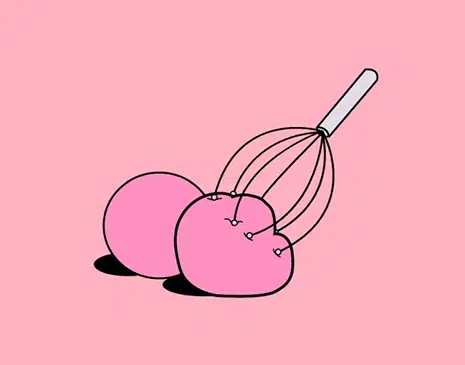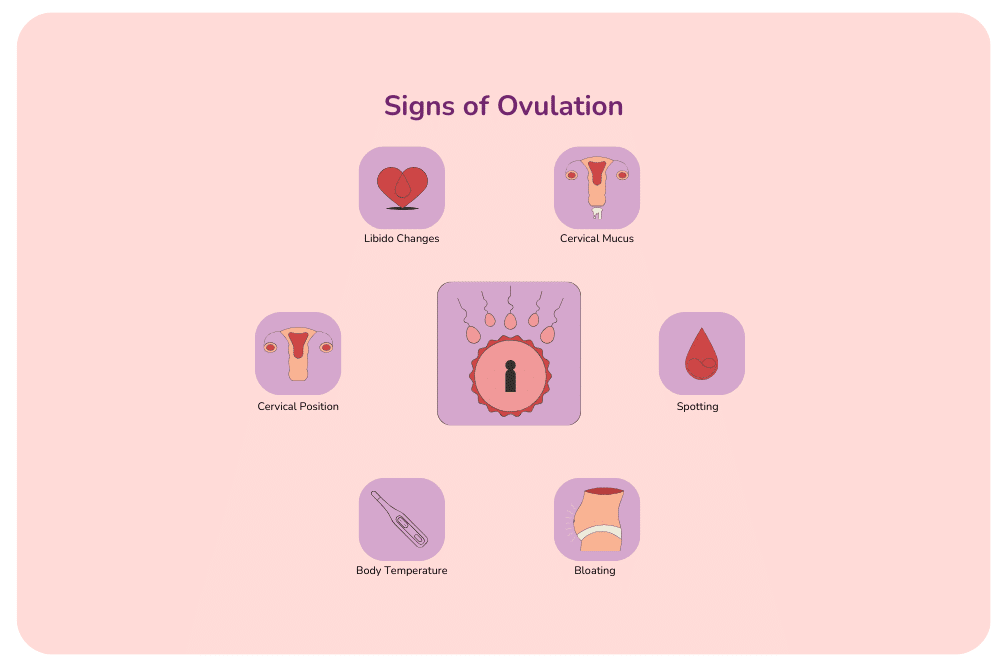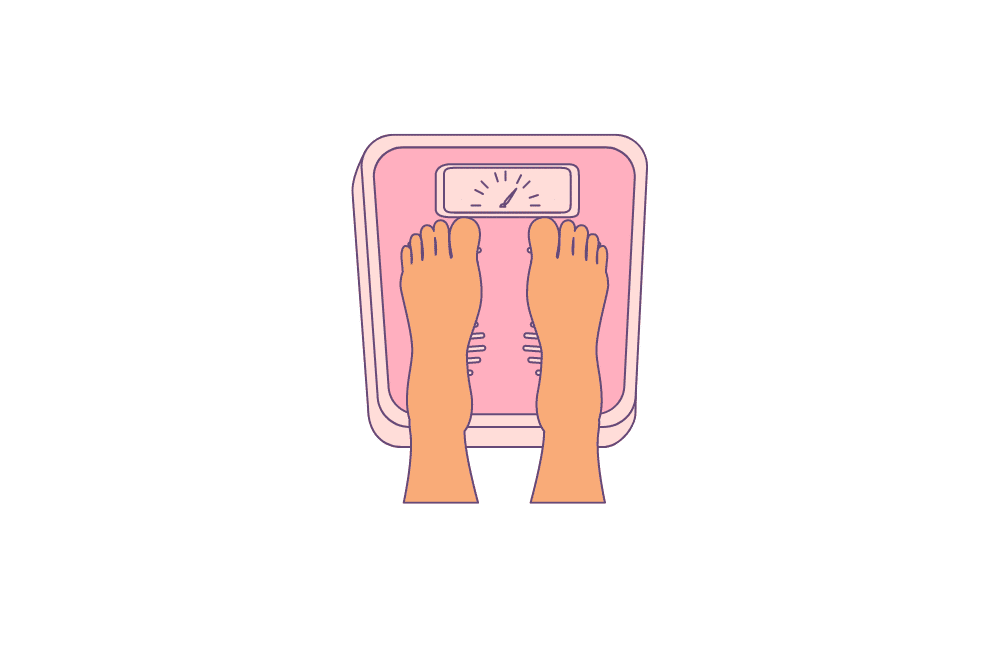Let’s play a game of truth. When was the last time you checked your breasts? And, we’re not talking about how fab they looked in last weekend’s little black dress (although, we bet you totally rocked that look). We’re talking about the last time you copped a good feel to self-check for breast cancer symptoms.
Last week? Last month? Last year? Never!?
We’re not here to judge, because we get it. Life is full. It’s full of work, gym, appointments, social outings, Netflix and maybe a little chill. If you don’t consider yourself to be within the risk bracket for breast cancer, then breast checks probably aren’t going to top your never-ending list of things to do.
But, hear us out. Breast cancer is the most common cancer diagnosed in Australian women, accounting for a whopping 29-percent of all new cancers in 2019. Surely that stat alone is enough for you to clear some space in your schedule to self-examine your breasts. If you ask us, we think it’s the perfect opportunity to throw off your bra and enjoy some me-time. And, we’re right here to guide you through it!
Firstly, you may be wondering; what are the risk factors for breast cancer?
If you were born with boobs and a vagina, take note, because being a woman is the single biggest risk factor for developing breast cancer. Gender aside, most breast cancers are diagnosed in women aged 50 and over, with the risk increasing post menopause. Then, family history steps in. Despite most breast cancer cases not stemming from a family history, the risk is greater if one of your first-degree or second-degree relatives has carried the disease.
And, we’re not done. Since 5% of breast cancers occur in women who have inherited a gene abnormality from their biological parents, faulty genes come into play. Best known as BRCA1 and BRCA2, these genes are super rare however if inherited from your mother or father, breast cancer risk is heightened. Carrying a little extra weight on the body or being obese can also increase the risk of breast cancer and recurrent breast cancer (returning cancer).
How can you reduce your risk for breast cancer?
There’s never a guarantee of completely avoiding breast cancer, however there are small healthy changes that can be made to reduce your risk. These include limiting your alcohol consumption, eating well, maintaining a healthy weight, and exercising regularly.
Breast screenings can detect breast cancers before there are any signs of symptoms. A mammogram is recommended every two years, especially if you’re over the age of 40. It’s also a great idea to be aware of your family history and whether you’re in the ‘at-risk’ category.
How to perform a breast-check?
There’s no right or wrong way to self-check your breasts. Pop on your favourite power anthem playlist and be as interpretive as you like. Here are our steps to follow as a guide:
- Begin, front and centre, looking into a mirror – Visually inspect your breasts in three positions; with your arms by your sides, with your arms raised overhead, and resting your palms on your hips while pressing firmly to flex your chest muscles.
- Then, shimmy your way into the shower – Using the pads of your fingers in a circular motion, feel your breasts from the outside to the centre, checking as far as your armpits and collarbone.
- Darling, your bed is now calling – Lying horizontal is the perfect position to examine your breast as the breast tissue spreads evenly across your chest, making it easier to spot abnormalities. Take your pillow, place it beneath your left shoulder, and raise your left arm behind your head. Using your trusty right hand, begin to inspect your left breast area (including your armpit and collarbone) by moving the pads of your fingers in a circular motion. Repeat the motions using light, medium and firm pressure. Repeat the process for your right breast.
- It ain’t easy but you’ve got to get squeezy – Whilst it may briefly feel uncomfortable, gently squeeze the nipple of both breasts to check for any discharge.
What are the breast cancer symptoms to look out for?
The way your boobs look and feel will fluctuate throughout the different stages of your cycle (PMS boob soreness – we’ve all been there). If your ta-tas are feeling tender, swollen or lumpy, be aware that this could be due to your body’s normal hormonal changes. The key is to recognise your titties at their ‘normal’, so you feel confident identifying when something isn’t quite right.
Start practising self-checks when you turn 20. Once a month is all it takes, ideally a few days after your period when your boobs are less likely to be tender and swollen. Look out for the following signs:
- Lumps and thickening in the breast tissue
- Changes in skin texture
- Swelling in your breast, underarm or collarbone
- Constant, unusual pain
- Changes in the size or shape of your breast
- Nipple discharge
- Nipple inversion
- A rash or crusting around the nipple
What should you do if you notice a breast cancer symptom?
If you notice symptoms beyond your ‘normal’ that persist or worsen for two-three weeks, try not to panic yourself into a state of worst-case scenario dread. In Australia, we have a 91% five-year survival rate. Simply make an appointment with your doctor and move forward from there. The earlier breast cancer is detected, the greater the chance of recovery, so don’t be afraid to feel yourself up every once in a while.
This blog is designed to be informative and educational. It is not intended to provide specific medical advice or replace advice from your medical practitioner.
References:
- https://www.nationalbreastcancer.org/breast-self-exam/
- https://www.melbournebreastcancersurgery.com.au/wp-content/themes/ypo-theme/pdf/feel-your-boobies.pdf





